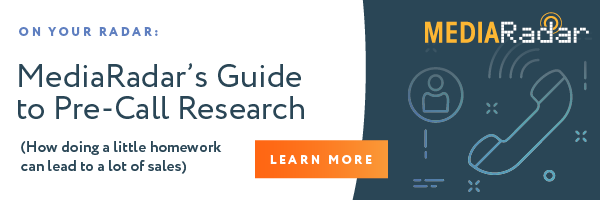By now, it’s clear that Amazon Prime Day is a big shopping day. Like any other shopping holiday, Prime Day has a lot of advertising behind it — both from the eCommerce giant and its partners.
Here’s how the big day affected both Amazon and retailers on the platform in 2019.
Amazon Advertising Ahead of Prime Day
The loss leader of holidays, Prime Day is used as a catalyst to attract new Prime customers and drive the sales of Amazon devices.
As more of Amazon’s competitors offer competitive shipping, Amazon heavily promoted the other services (like music, video, and Kindle) users receive from a Prime Membership during Q2. The hope was to convince potential customers to sign up ahead of Prime Day. Amazon is also known to discount their own devices during Prime Day. The two top Amazon selling products from 2018, the Echo and Fire TV products, both received YoY increases in ad support.
Consider these additional insights from the MediaRadar research team:
- Looking at the month before Prime Day (June), Amazon ad spend was 28 percent higher in 2019 compared to 2018.
- In the build-up to Prime Day itself, Amazon promoted the shopping holiday heavily on linear TV, with a 17 percent YoY increase compared to the first two weeks of July in 2018.
- In Q2, Amazon almost doubled the ad spend behind Amazon Prime Video and its original content when compared to 2018.
- The company also spent over $15mm promoting Amazon Prime Wardrobe during Q2, a new feature launched last September. Other Prime services, like Amazon Prime Music and Amazon Prime Pantry, also received increased ad promotion YoY.
How Prime Day Affects Advertisers on the Platform
Prime Day represents both an opportunity and a challenge for third-party sellers. On one hand, there is an unquestioned influx of shoppers — especially for an otherwise dead shopping season. On the other hand, the day requires no small amount of adjustments.
Amazon Prime Day requires advertisers to both rejigger paid acquisitions and deals and — according to some reports from this year — increase their ad spend to maintain their market share.
Kiri Masters at Forbes writes that Amazon-endorsed deals for Prime Day are essentially offered on a pay-to-play basis, requiring larger brands to increase their spend and smaller brands to come with with DIY deals. At the same time, otherwise straightforward cost-per-clicks ads skyrocket around the holiday. Some Amazon consultants saw CPC fees of over $20 during the 48 hour sale.
In other cases, larger advertisers are asked directly to double advertising budget to maintain their market share during Prime Day — even if they don’t necessarily fit the narrative. “One of our CPG clients was asked recently by Amazon to increase its budget by a minimum of 100% to ensure that it did not lose market share during this key sales period,” marketing consultant Debbie Ellison told CNBC. “In the case of this client, its products are not natural deals for Prime Day so taking part would only reduce their overall margin.”
In other words, Prime Day is an uncertain affair for many Amazon advertisers. But there’s no question that Amazon made out like a bandit for the 2019 shopping holiday.





